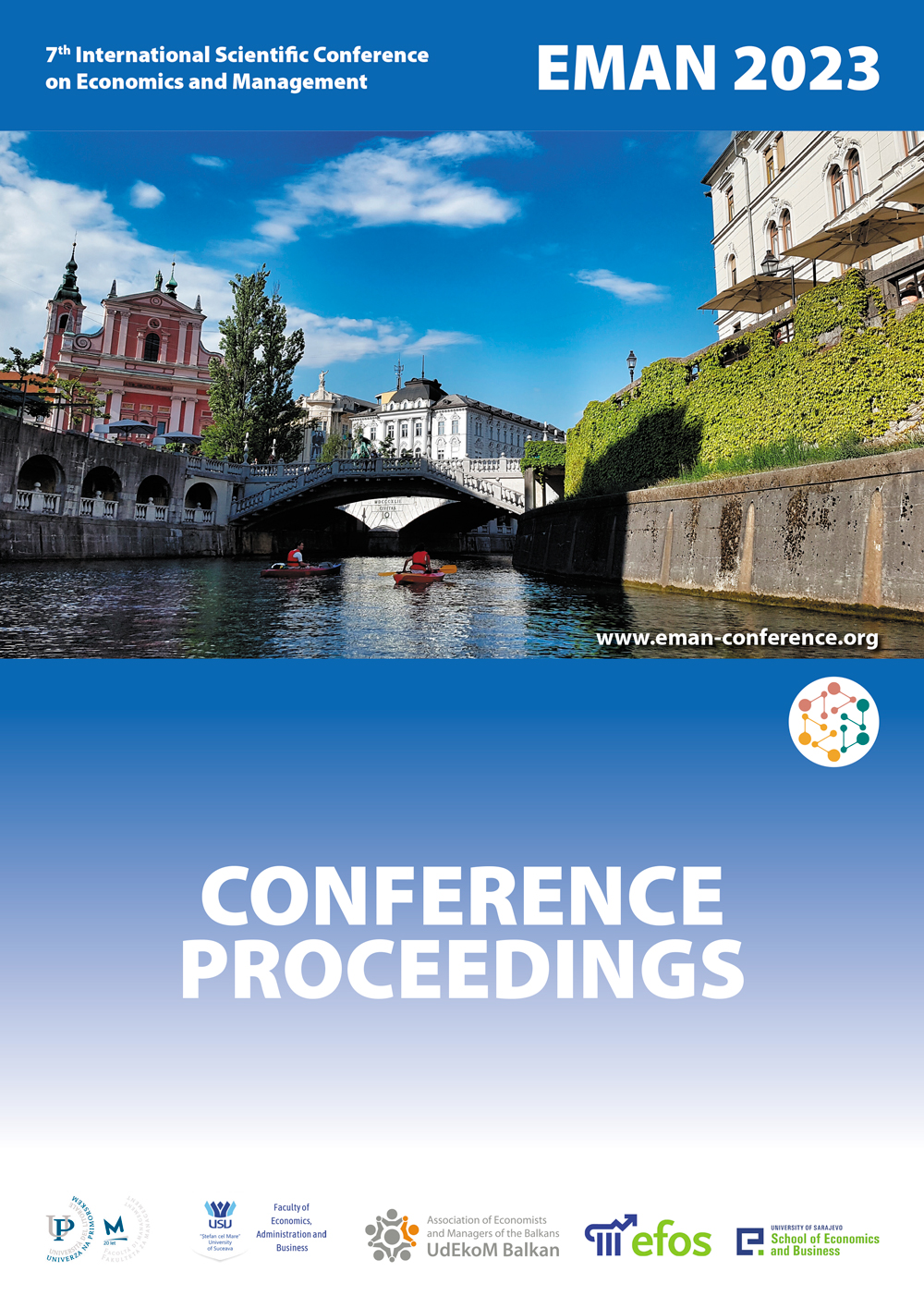Interconnections between Clean Energy and Traditional Commodities: Analysis of Energy Fuels, S&P Global Clean Energy Index, and Ishares Global Clean Energy ETF Compared to Oil, Gold, and Natural Gas Prices
Interconnections between Clean Energy and Traditional Commodities: Analysis of Energy Fuels, S&P Global Clean Energy Index, and Ishares Global Clean Energy ETF Compared to Oil, Gold, and Natural Gas Prices
Author(s): Nicole Horta, Mariana Chambino, Rui Dias
Subject(s): Social Sciences, Economy
Published by: Udruženje ekonomista i menadžera Balkana
Keywords: Clean energy; 2020 and 2022 events; Co-movements; Diversification of portfolios
Summary/Abstract: The study of the changes between the Energy Fuels Index, S&P Global Clean Energy Index, iShares Global Clean Energy ETF, iShares Global Energy (SWX) ETF, as well as the changes in the prices of crude oil (BRENT), gold (DJ), and natural gas (DG) was deemed extremely relevant given the importance and emergence of clean energies in the global landscape, as well as the need to develop more empirical studies, especially confirmative studies on the financial dynamics in these markets. The daily returns under analysis exhibit negative and leptokurtic asymmetry rather than a normal distribution. Comparatively, the pre-crisis linkages between the markets for dirty and clean energy are in favor of global portfolio diversification since those low levels of dependence are appropriate to reduce investor exposure to risk. The crude oil market already exhibited a significant effect on the clean energy markets during the Stress subperiod, particularly on the Clean Energy Fuels Index, the iShares Global Clean Energy ETF, and the iShares Global Clean Energy (SWX) ETF. It should be highlighted that the clean energy markets have also increased their impact on the markets for gold and dirty energy (crude oil and natural gas). The findings point to an increase in comovements between the examined indices and the events of 2020 and 2022. These results decrease the possibility that clean energy markets will serve as a portfolio diversification substitute for the gold and dirty energy markets. For investors and financial analysts who are interested in understanding how the various sectors of the energy market interact, these results may also have consequences. These results can enable a more precise forecast of energy market trends and more informed investment decisions by offering a more detailed knowledge of the link between clean and dirty energy prices.
Book: EMAN 2023 / 7 – Economics & Management: How to Cope with Disrupted Times - CONFERENCE PROCEEDINGS
- Page Range: 101-116
- Page Count: 16
- Publication Year: 2023
- Language: English
- Content File-PDF

